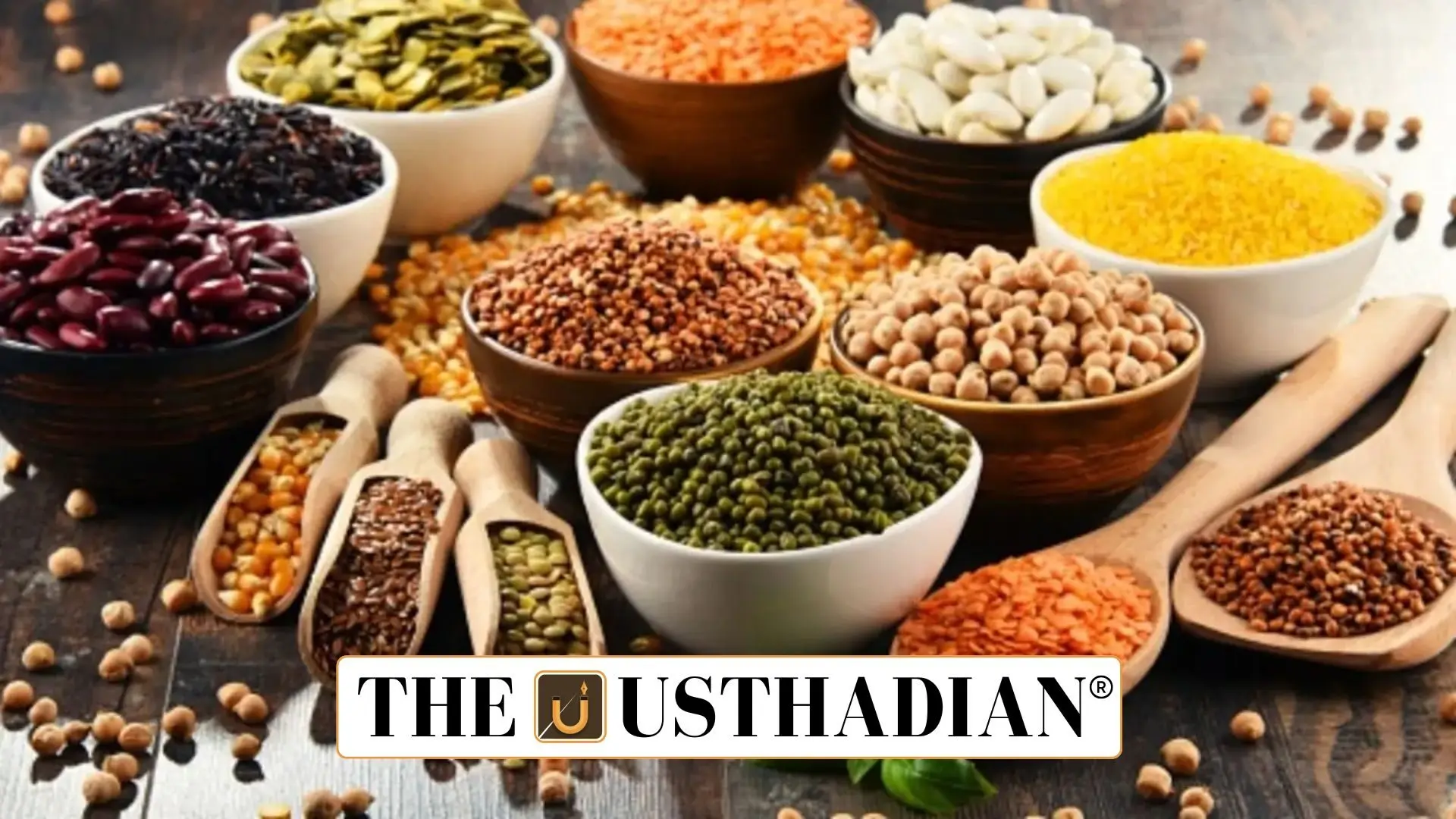A Day to Celebrate the Power of Pulses
World Pulses Day 2025: Celebrating Nutrition, Sustainability, and Food Security: Each year on February 10, people around the world come together to mark World Pulses Day. This observance is not merely about celebrating a food group, but about recognizing the importance of pulses in building a sustainable future. From Indian dal to Mediterranean hummus, pulses are central to both nutrition and affordability across the globe.
What Exactly Are Pulses?
Pulses are dry, edible seeds obtained from leguminous plants. Unlike other legumes, they are consumed in their dried form and are rich in protein and fiber. In many developing countries, pulses serve as the primary source of nutrition, especially for vegetarians and low-income households.
How Did World Pulses Day Begin?
The journey of this global celebration started in 2016, designated as the International Year of Pulses by the UN. With efforts led by Burkina Faso, the UN made it an annual event in 2019, with the Food and Agriculture Organization (FAO) taking the lead to promote pulses in food systems worldwide.
Why World Pulses Day 2025 Matters
The 2025 theme, “Pulses: Bringing Diversity to Agrifood Systems,” highlights their role in supporting both crop diversity and soil ecosystems. Pulses are vital for resilient and climate-adapted farming systems, offering dependable nutrition amid global food insecurity.
A Superfood with Deep Impact
Pulses are increasingly called superfoods due to their many health benefits. High in plant protein and dietary fiber, they support digestion, regulate blood sugar, and lower bad cholesterol. They are a cost-effective way to improve diet quality and promote long-term well-being.
Supporting Farmers and Local Economies
In Indian states like Madhya Pradesh and Maharashtra, pulses are a crucial crop. They thrive in low-water conditions and require fewer chemical inputs, making them ideal for small-scale farmers. Their rising demand also boosts rural income and contributes to food stability.
Good for the Planet Too
Environmentally, pulses are climate-smart crops. They enrich soil by fixing nitrogen, reducing the dependency on chemical fertilizers. With lower water use and minimal greenhouse gas emissions, they play a pivotal role in sustainable agriculture and climate action.
STATIC GK SNAPSHOT
| Topic | Details |
| Observance Date | February 10 |
| Declared By | United Nations (UN) in 2019 |
| First Celebrated As | International Year of Pulses in 2016 |
| Key Organization | Food and Agriculture Organization (FAO) |
| 2025 Theme | “Pulses: Bringing Diversity to Agrifood Systems” |
| Major Crops | Chickpeas, Lentils, Beans, Cowpeas |
| SDG Relevance | SDG 2 (Zero Hunger), SDG 15 (Sustainable Land Use) |
| India’s Rank | Among top 3 global pulse producers and consumers |
| Leading Indian States | Madhya Pradesh, Maharashtra, Rajasthan |








